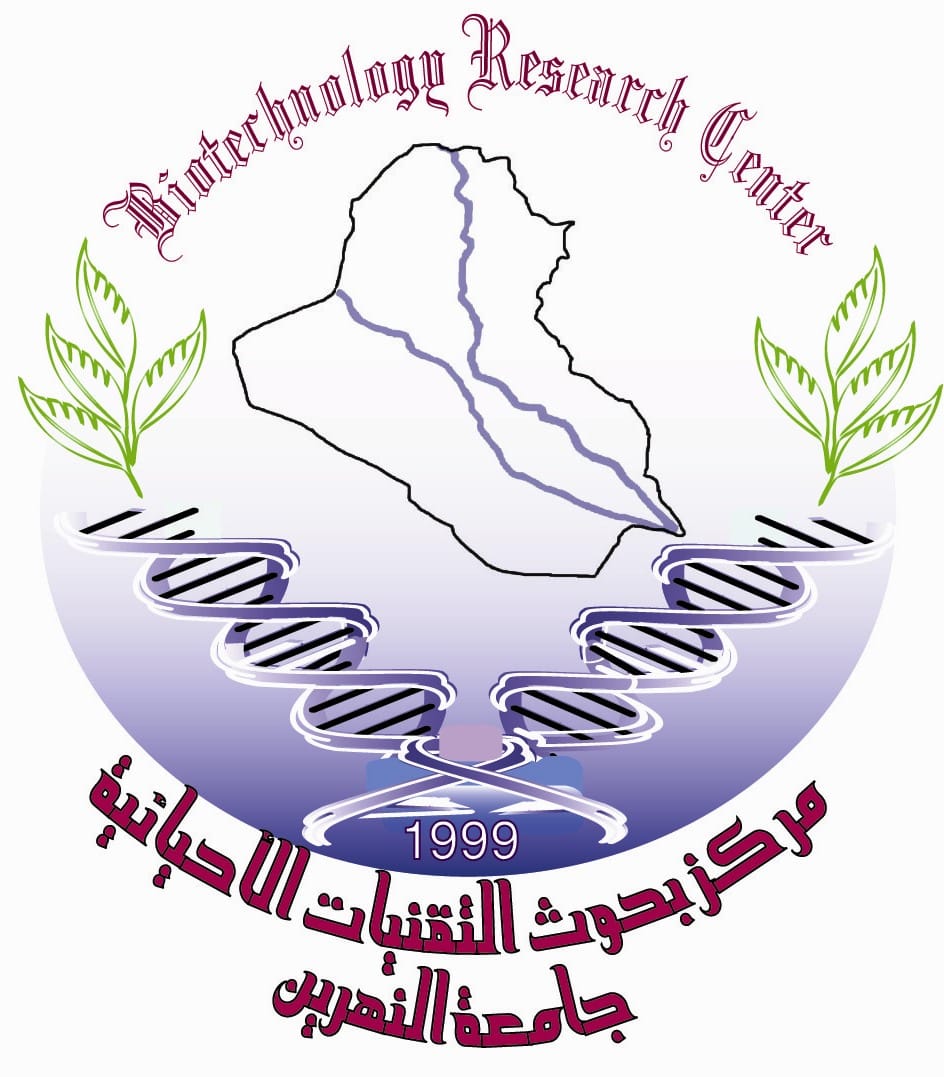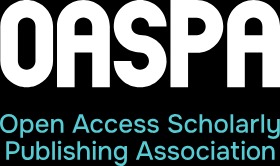Isolation and Identification of Bacterium Bacillus thuringiensis from Iraqi Soil and Itʼs Uses against Larvae of Ephestia cautella (Welker)
DOI:
https://doi.org/10.24126/jobrc.2017.11.2.507Keywords:
Bacillus thuringiensis, biological control, identification, fig mothAbstract
The fig moth Ephestia cautella(Welker) is one of the most insect that cause damage to the stored date, the aim of this research is to isolate Bacillus thuringiensis from Iraqi soil, screening of the most efficient biological control isolate against Ephestia cautella larvae. Twenty out isolates belong to Bacillus spp., from pretreatment larvae of E. cautella by suspension of soil samples, 8 out of isolates identified as B. thuringienisis these 8 isolates appeared to be hydrolytic enzymes (protease, lipase, gelatinase and hemolysin) able to form biofilm. Seven isolates showed penicillin resistant and only one isolate was resisted chloramphenicol while all remaining isolates were sensitive for tetracycline, nalidexic acid and enoxane. Different range of their insecticidal percentage was found against larvae of E. cantella with appearance of darkening of their body. B. thuringiensis KS3 was the most efficient caused 80% killing, gave 3.7 mg ml-1 of LC50 comparing with 4.6 mg ml-1 for commercial B. thuringiensis kurstaki. SDS PAGE electrophoresis showed similar pattern of protein with the commercial strain.
Downloads
Published
How to Cite
Issue
Section
License
This is an Open Access article distributed under the terms of the creative commons Attribution (CC BY) 4.0 license which permits unrestricted use, distribution, and reproduction in any medium or format, and to alter, transform, or build upon the material, including for commercial use, providing the original author is credited.











